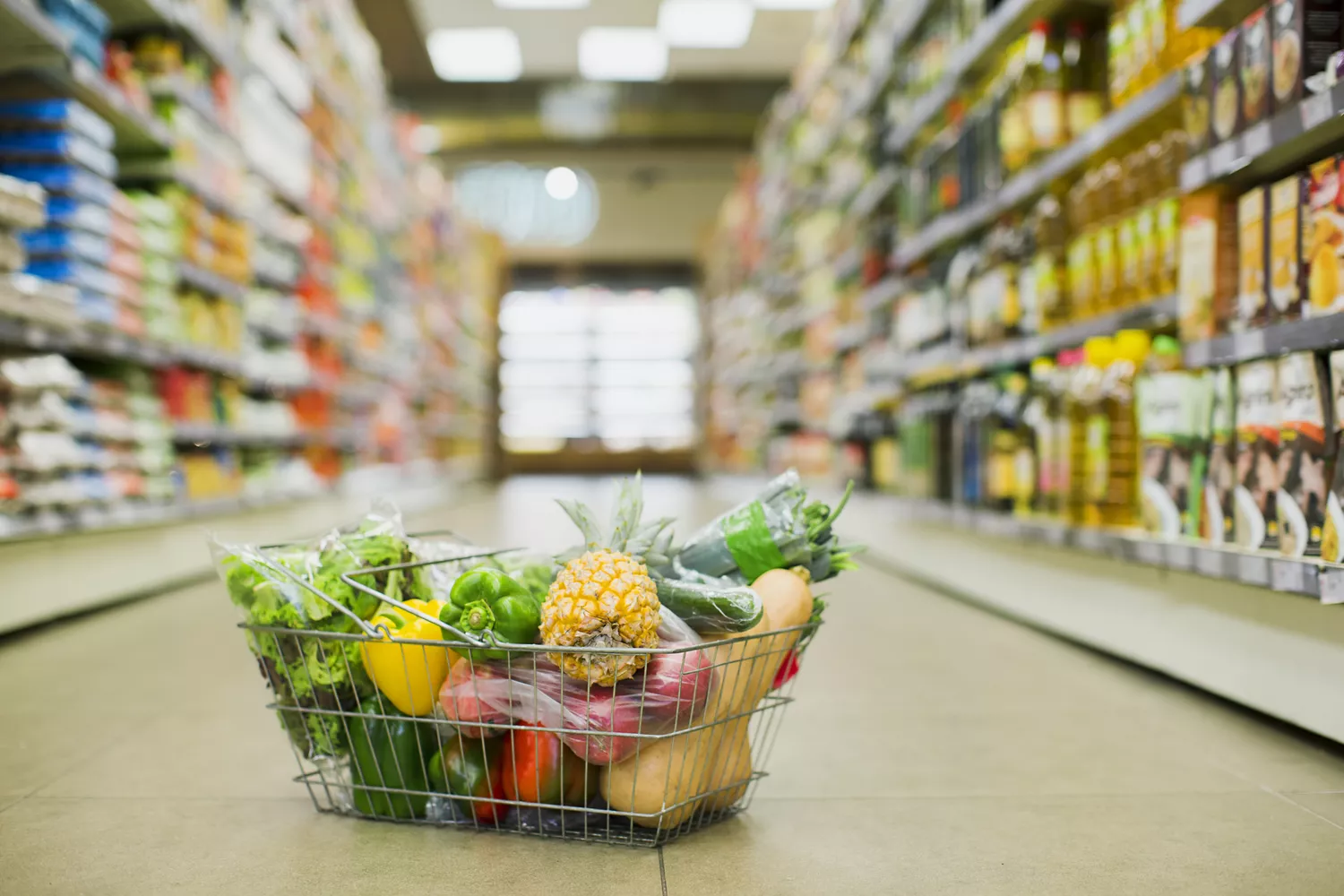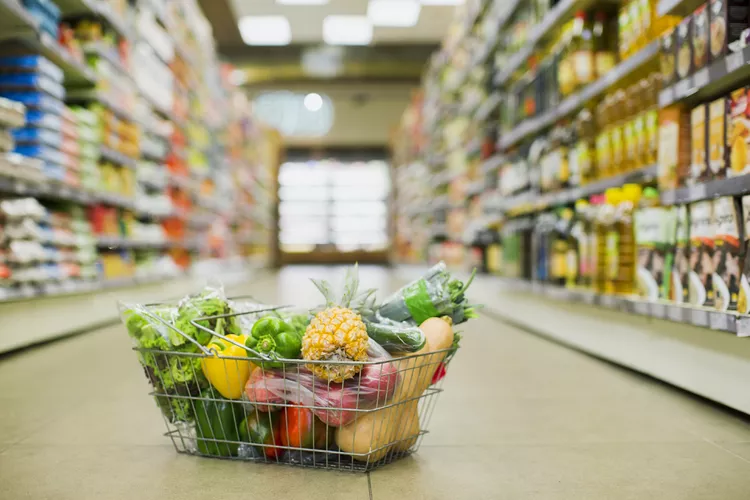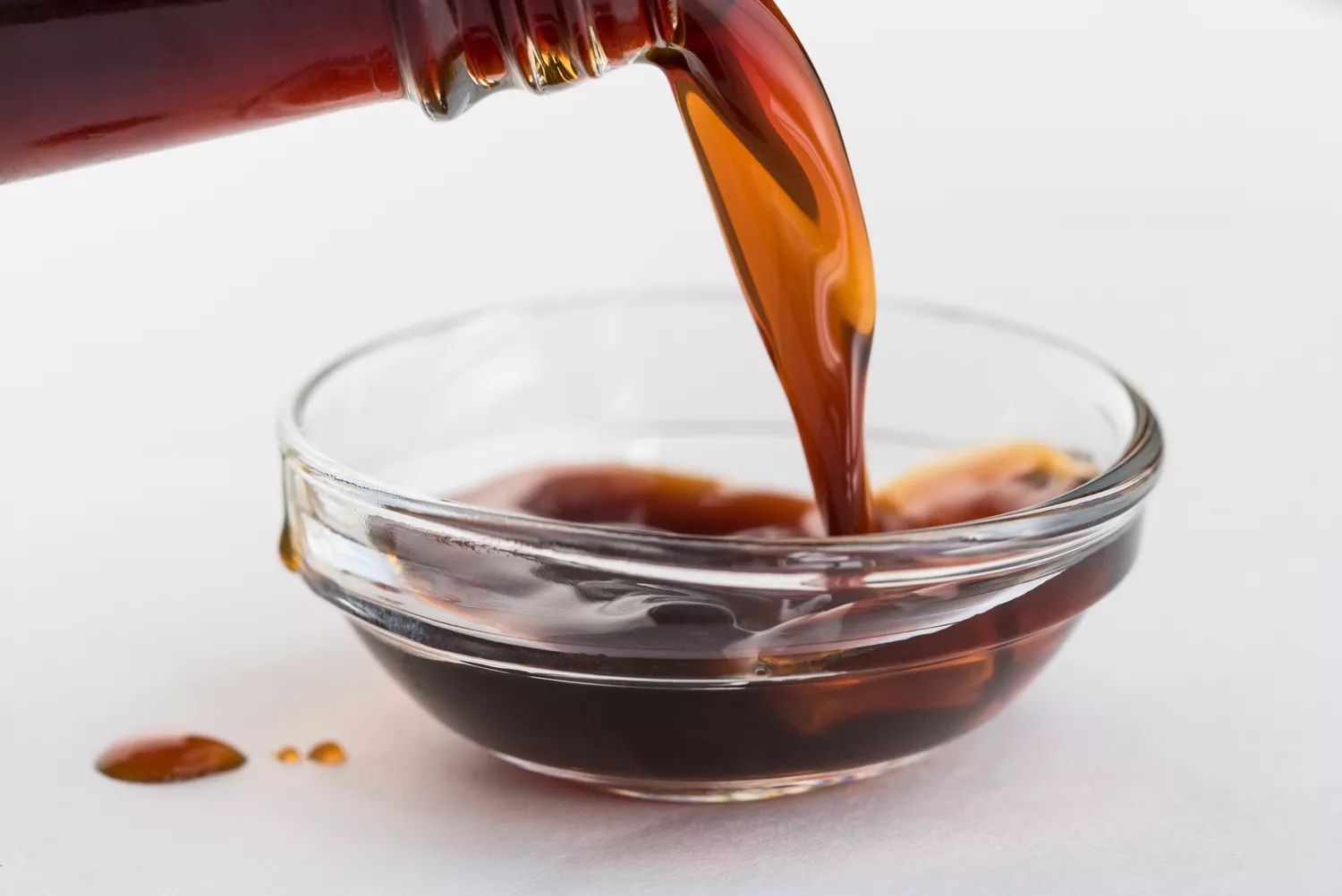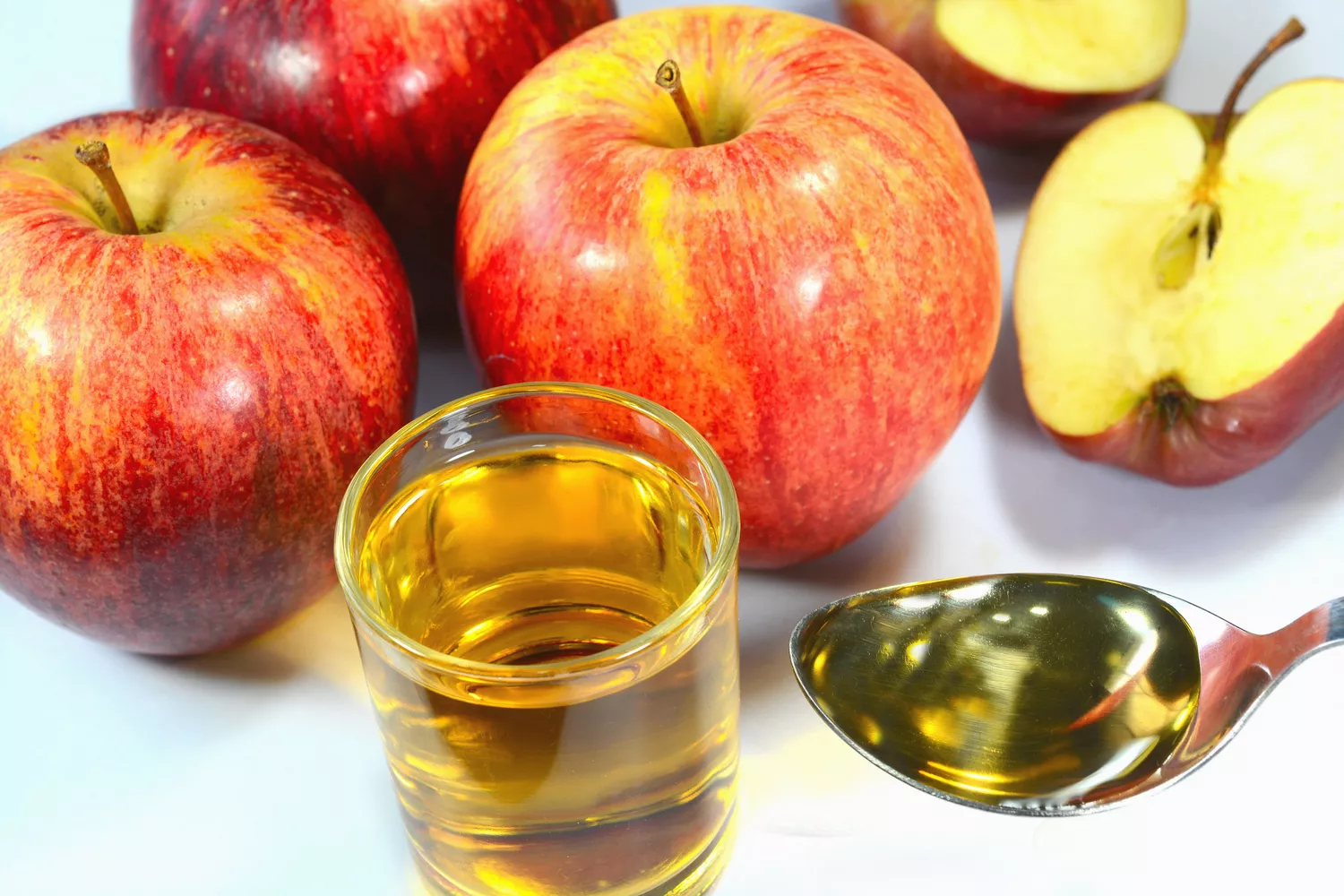
Shopping with a list when you go to the grocery store can conserve you money and time. It also can assist you make more healthy options and avoid impulse buys.1 If your budget permits, you want to include foods that contain a robust amount of vitamins, minerals, great fats, antioxidants, and fiber, all of which are important for general your health and wellness.
In a perfect circumstance, concentrate on entire, unprocessed foods to guarantee more nutrients and fewer less ingredients, like unwanted sugar.2 That said, not everybody has access to a fully stocked supermarket nor do they constantly have the spending plan to purchase big quantities of whole foods. In these situations, you may need to get more creative.
Below are some concepts on what you might wish to consider adding to your grocery list. Pick what makes sense for your budget plan and your gain access to.
Fruits and Vegetables
The U.S. Department of Agriculture suggests filling half your plate with vegetables and fruits for ideal health. Day-to-day requirements for vegetables and fruits vary based on a person’s requirements. The USDA recommends that those consuming a 2,000 calorie diet plan eat about 2 1/2 servings of veggies and 2 cups of fruit day-to-day.3.
Taking in a wide variety of entire vegetables and fruits will assist guarantee you get the essential nutrients your body requires to feel and carry out at its best. Selecting entire foods, instead of juices or sauces, will offer the added benefit of fiber.
Dried fruit, particularly ones that are made with added sugar, offer concentrated amounts of nutrition but higher quantities of sugar. Inspect labels to evaluate how these foods might suit your meal plan. Here are some kinds of fruit and vegetables to contribute to your list:3.
Dark green vegetables such as spinach, broccoli, kale. Aim for 1 1/2 to 2 cups each week.
Red and orange veggies such as peppers, red cabbage, carrots, tomatoes. Aim for 4 to 7 1/2 cups each week.
Beans, peas, and lentils such as chickpeas, kidney beans, black beans, edamame. Go for 1 to 3 cups weekly.
Starchy veggies such as potatoes, squash. Aim for 4 to 8 cups each week.
Other veggies such as mushrooms, onions, cabbage, cauliflower. Go for 3 1/2 to 7 cups per week.
Fruits such as apples, kiwi, bananas, melons, grapes. Go for 1 1/2 to 2 1/2 cups each day.
Please keep in mind, that the amounts will vary depending upon your individual requirements. These suggestions above are based on the USDA suggestions for a 2,000 calorie diet plan.
Budget-Friendly Tips.
If your spending plan is restricted, you may want to buy fruits and vegetables that remain in season. They tend to be more reasonably priced then due to the reality that the supply is higher and they do not need to be shipped as far. You likewise can buy in bulk and freeze bonus before they go bad to use at a later date.
Apples are an excellent choice to buy in bulk because they are not only reasonably cost effective, but flexible. On the other hand, bananas also are relatively economical and can be frozen to use in smoothies or banana bread if they are beginning to go brown. Another money-saving choice is to purchase frozen veggies or canned fruits crammed in water or 100{3ce0ad748aa90072994365178fd728c9d7c9d879343909fd1337f07a6240cc7d} juice.
You also might wish to think about including cabbage to your shopping list if you have access to a grocery store. It is a vitamin-packed and flexible green that can utilize if for tacos, stir fry meals, salads, and slaws. Plus, it is usually cheaper than lettuce and tends to last somewhat longer.
Dried or canned beans and lentils typically are an economical purchase that can assist extend a meal. They likewise are shelf-stable components that will last for a long time. If your meal plan gets off track one week, you don’t have to stress about beans and lentils going bad.
Dairy and Eggs.
Dairy includes considerable amounts of calcium, vitamin D, and potassium which are minerals and vitamins responsible for strong and healthy bones, lowered risk of osteoporosis, and minimized threat of bone fractures.4 Aim to take in 3 cups of dairy items daily.3.
Without dairy items in your diet plan, it is more difficult to consume the levels of these nutrients necessary for bone health. If you are plant-based or can not tolerate everyday mindful planning can assist guarantee your bones stay healthy. There are a number of prepared dairy options available.
Before you begin including dairy options to your shopping cart, it it’s important to note that not all alternatives are strengthened with calcium, vitamin D, and other nutrients that simulate the nutrient profile of animal milk. Read the nutrition labels before making any choices.
Eggs are a highly nutrient-rich source of protein. They include vitamin D (essential for calcium absorption), phosphorus, vitamin A (essential nutrient for your eyes, skin, and cells), and B vitamins. Eggs likewise supply riboflavin, selenium, and choline– nutrients important for brain health.5.
Consider including tough and soft cheeses, cottage cheese, milk, cream, yogurt, and kefir. Some dairy products contain probiotics which offer additional advantages for overall health. When selecting dairy items like flavored yogurts, understand sugarcoated.
Budget-Friendly Tips.
Eggs are a relatively budget friendly and filling protein that can be eaten almost any time of day. For example, you can have eggs for breakfast, make a scramble for lunch, or consume a hard boiled egg as a snack. Plus, they are generally readily offered in many grocery stores, convenience stores, and mini marts.
Another method you may extend a dollar is to buy your cheese in bulk if you can. Not only will it cost less per ounce, but it likewise freezes fairly quickly so you won’t need to put it on your list each week if you are able to stockpile.
Bread, Cereal, and Grains.
Breads, cereals, and grains provide fiber and lots of nutrients, especially in their whole form. Selecting whole grains for most of your intake in this category is a wise choice for your total health. Taking in whole-grain bread, cereal, and grains might minimize your threat of establishing heart problem, type 2 diabetes, and some kinds of cancer. The fiber in these foods can also add to healthy food digestion.6.
The bran is the external layer and includes fiber, B vitamins, and minerals. This part of the grain is rich in healthy fats, vitamin E, B vitamins, phytochemicals, and anti-oxidants.7 And the endosperm consists of the starchy part of the kernel below the bran and is what refined flours are processed from.
Dietary standards recommend taking in 3 to 5 ounces daily, but recommendations differ based upon needs.3 Some foods in this category to add to your healthy grocery list include:.
Barley.
Amaranth.
Kamut.
Rye.
Wild rice.
Oats.
Quinoa (a seed that’s generally dealt with as a grain).
Whole-grain bread, cereal, and pasta.
Pick whole-grain flours when baking or preparing to increase the nutrition material of your meals. Try to find whole-grain options of pre-made bread, cereal, crackers, and other products when possible. Keep an eye on the labels for sugarcoated and improved starches.
Budget-Friendly Tips.
Look for inexpensive grains such as rice, oats, and store-brand pastas. You may also wish to take a look at store-brand cereals that are made with whole grains and are low in added sugar. Preferably, the sugar content of the cereal must be fewer than 5 grams.
Meat, Fish, and Tofu.
Meat, fish, and tofu as well as other plant-based meat options provide protein. Animal-based protein also includes necessary nutrients such as iron, B12, zinc, and more. Protein is a vital macronutrient your body needs to operate, responsible for the building and repair work of your body’s tissues.7.
Protein is necessary for the building and maintenance of muscle mass, which is needed for daily functioning and healthy aging.9 And, it’s accountable for creating enzymes and DNA, assisting the body immune system function correctly, and assists you grow.10.
Fish is high in healthy fats. Go for 2 portions each week of fish and seafood. Fatty acids such as omega-3s are vital for heart health, cancer prevention, and cognitive working.11.
Meat options such as tofu can assist plant-based eaters acquire protein. It’s vital that vegans plan their consumption carefully given that a lot of plant-based proteins lack some of the essential amino acids. Taking in a wide range of protein-rich plant foods can help ensure you get enough.12.
Here are some protein-rich foods to contribute to your healthy grocery wish list:.
Meat and poultry such as chicken, beef, turkey, and pork. Go for 23 to 33 ounces each week.
Seafood such as shrimp, salmon, halibut, crab, canned tuna packed in water. Go for 8 to 10 ounces weekly.
Nuts, seeds, or soy products such as almonds, walnuts, cashews, tofu. Go for 4 to 6 ounces weekly.3.
Bear in mind that these dietary suggestions are based upon a 2,000 calorie diet. Your private needs may vary.
Budget-Friendly Tips.
These products are not only economical protein sources, they likewise have a long rack life. You likewise can go shopping for fresh meat or poultry items that are on sale and purchase in bulk.
For example, you might find that the value packs of various meats, poultry, and fish are more economical than buying a smaller bundle. Just freeze what you are not utilizing right away to have another week.
Pantry Staples.
Healthy kitchen staples that can help you craft delicious, healthier meals in your home include shelf-stable foods coming from the other food groups. Some concepts of what to keep on hand consist of:.
Canned veggies and fruit such as diced tomatoes, tomato sauce, applesauce for baking, canned fruit in water or juice, marinaded or marinaded vegetables.
Canned and dried beans and beans such as chickpeas, kidney beans, black beans.
Low-sodium broth or stock such as chicken stock, beef stock, fish stock, vegetable stock.
Oils such as olive oil, avocado oil, grapeseed oil, coconut oil.
Flours such as entire wheat, rye, oat, almond, spelt.
Dried herbs and spices such as cumin, cayenne, cinnamon, oregano, thyme, rosemary.
Dressings such as mustard, tamari, low-sodium soy sauce, salsa, vinegar, garlic-chili sauce, curry paste, hot sauce.
Examine nutrition labels for sugarcoated, sodium, hydrogenated/trans fat, or other ingredients you would rather prevent.



